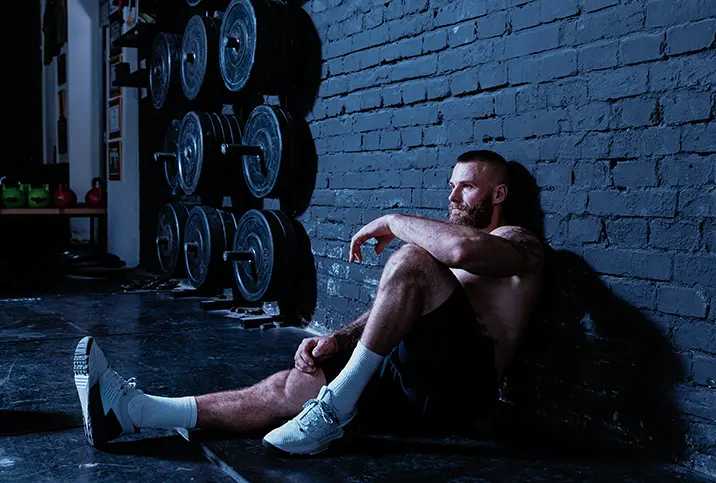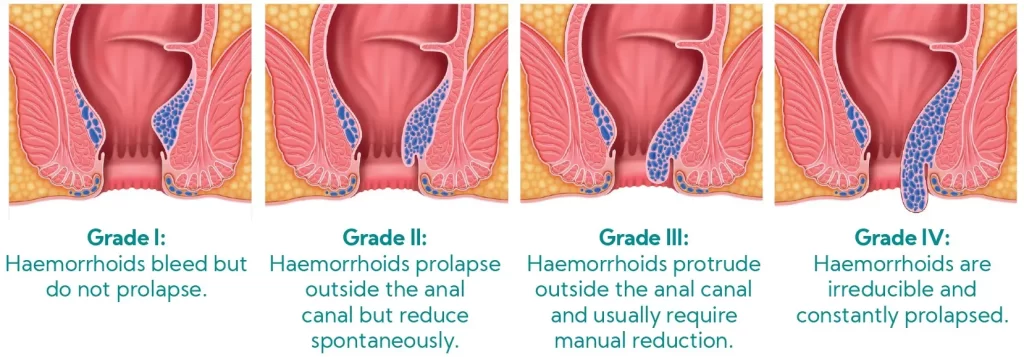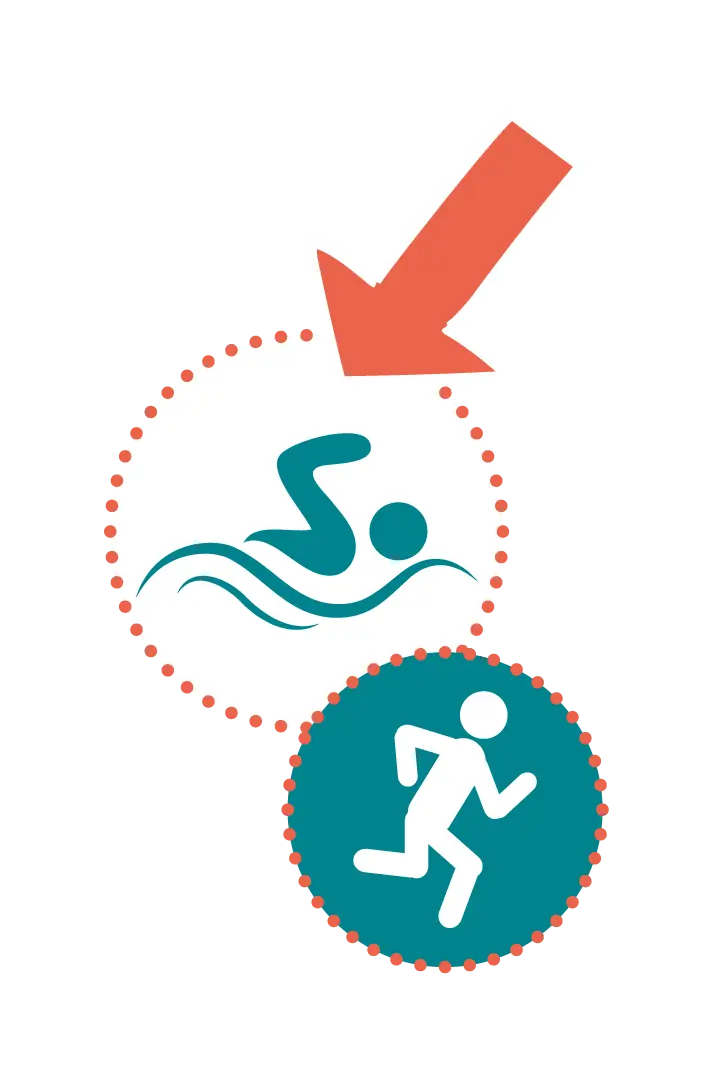Move Your Bum With The Bump

The 1, 2, 3, 4 of haemorrhoids

Haemorrhoids are swollen, inflamed veins around your anus or lower part of your rectum.1 External haemorrhoids form under the skin around your anus and internal haemorrhoids form in the lining of your anus and lower rectum.1,2

With external haemorrhoids you may experience anal itching, one or more hard tender lumps near your anus or anal pain, especially when sitting. Be careful of too much straining, rubbing or cleaning around your anus as this may make your symptoms worse. The symptoms of external haemorrhoids usually go away within a few days.1

With internal haemorrhoids you may have bleeding from your rectum. Bright red blood will be in your stool, toilet paper or in the toilet after bowel movement. Your haemorrhoids may also prolapse (fallen through your anal opening). Internal haemorrhoids are usually painless but if they prolapse, they can cause pain and discomfort.1
Internal Haemorrhoids are further classified into 4 grades:3

Help is on its way!

Exercise that improves muscle tone is very helpful in preventing haemorrhoids. Swimming, running, walking and aerobics are the best activities for muscle toning. Sphincter exercise is another way to help prevent the development of haemorrhoids.4
Try the following exercises but be sure not to exclude water and a healthy diet.
PELVIC FLOOR EXERCISES
- Lie on your back or sit
- Contract your anal muscles as though you’re stopping yourself from passing gas.
- Hold this contraction for 5 seconds.
- Relax for 10 seconds.
- Repeat 5 times.
- Repeat with only half of your strength.
- Squeeze and relax muscles as fast as you can.
- Continue for as long as possible.
- Try to do this exercise 2 to 4 times throughout your day.
DEEP BREATHING
- Sit up straight and place your hands above your waist on either side of your lower rib cage
- With each inhale, breathe deeply into your abdomen, allowing your belly to expand
- With each exhale, draw your navel toward your spine
- Continue for up to 5 minutes
CHILD’S POSE (BALASANA)
- Start on your hands and knees
- Sit back, placing your hips on your heels
- Extend your arms in front of you or relax them alongside your body
- Rest in this position for up to 5 minutes
KEGEL EXERCISE
- Stand up straight
- Gradually rise on the toes
- At the same time, raising the hands slowly from the side
- Extend arms until they are high above the head
- Then bend forward as if trying to touch the floor with fingertips
- Exercise several times per day and very slowly


